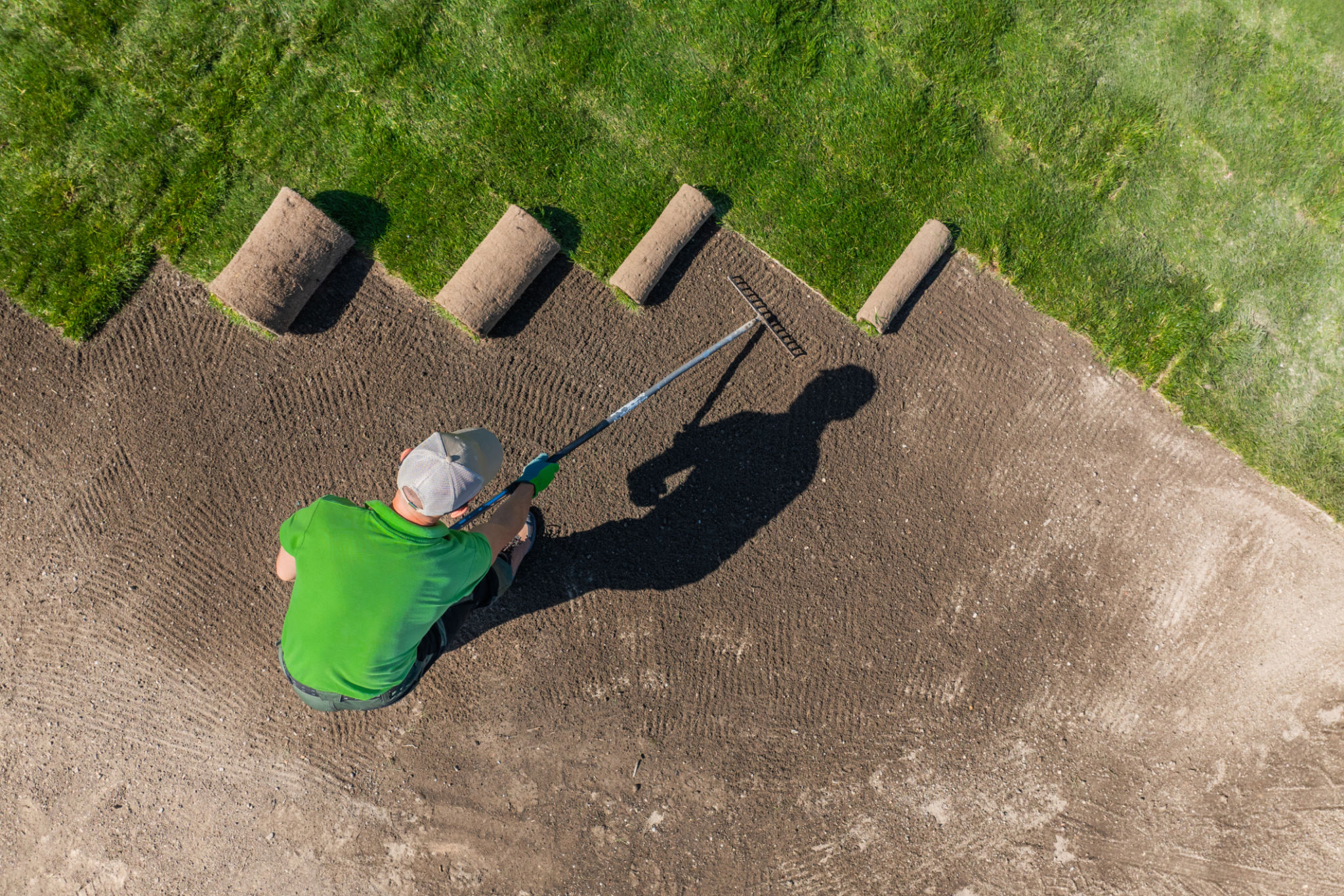Scoreboard Installation 101: What Every Sports Facility Needs to Know
Installing a scoreboard in a sports facility is more than just adding a display to showcase scores. It's about enhancing the experience for fans, players, and officials alike. A well-chosen scoreboard can be the centerpiece of a venue, providing real-time information and adding to the overall ambiance. Here's what you need to know to ensure your scoreboard installation is a success.
Understanding Your Needs
The first step in scoreboard installation is understanding the specific needs of your facility. Consider the type of sports played, the size of the venue, and the audience capacity. Different sports require different types of scoreboards, with varying levels of detail and features. For instance, a basketball court may need a scoreboard with a shot clock, while a soccer field might focus on time and score only.
Additionally, think about whether you want a fixed or portable scoreboard. Fixed scoreboards are ideal for permanent installations, providing robust features and larger displays. Portable options, however, offer flexibility and can be used in multiple locations within your facility.

Choosing the Right Technology
Modern scoreboards come with a variety of technological options. LED scoreboards are popular due to their bright displays and energy efficiency. They offer clear visibility even in bright sunlight and are available in various sizes and configurations. Consider whether you need a wired or wireless system based on your facility’s infrastructure.
Also, decide if you want additional features like video playback or graphics display. These features can enhance the entertainment value but may require more sophisticated equipment and higher investment.
Installation Considerations
Installing a scoreboard involves several logistical considerations. First, assess the structural integrity of the installation site. The scoreboard must be securely mounted to withstand weather conditions and possible impacts during events. Consulting with structural engineers can ensure safety and compliance with local regulations.

Next, plan for electrical connections and data integration. Scoreboards require power sources and, often, data feeds for real-time updates. Ensure that your facility’s electrical system can support the additional load, and work with IT professionals to integrate any necessary data systems.
Maintenance and Upkeep
Regular maintenance is crucial for prolonging the life of your scoreboard. Establish a routine maintenance schedule that includes cleaning, checking electrical connections, and software updates. Address any technical issues promptly to avoid disruptions during events.
Consider entering into a service agreement with the scoreboard manufacturer or a local service provider. This can ensure timely repairs and support in case of any malfunctions.

Budgeting for Your Scoreboard
The cost of a scoreboard can vary widely depending on size, features, and technology. Create a comprehensive budget that includes not only the purchase price but also installation costs, potential upgrades, and ongoing maintenance expenses.
Explore financing options or partnerships that may help offset costs. Sponsorship opportunities can also be explored, allowing businesses to advertise on or around the scoreboard in exchange for covering some of the expenses.
Enhancing Fan Engagement
A well-installed scoreboard can significantly enhance fan engagement. Use it to display not only scores but also player statistics, upcoming events, and interactive content like social media feeds. This transforms the scoreboard from a simple display into an interactive hub that enriches the spectator experience.
In conclusion, installing a scoreboard is an investment in your facility's future. By considering these factors and planning carefully, you'll ensure that your scoreboard meets all needs and enhances every game day experience.